Chances are pretty good that you've heard about Ayahuasca by now. While well-known musicians and actors have been praising the therapeutic medicine's benefits for decades, it's exceedingly trendy these days and has been referenced in episodes of Weeds and Nip/Tuck and the movie Wanderlust.
A powerful psychedelic brew touted by Lindsay Lohan as a tool for coping with her stressful life. But what the hell is it?
Ayahuasca (ah-yuh-wah-skuh ) or Yage (pronounced yah-hey) isn’t something you’d want to do with your friends on a Friday night.
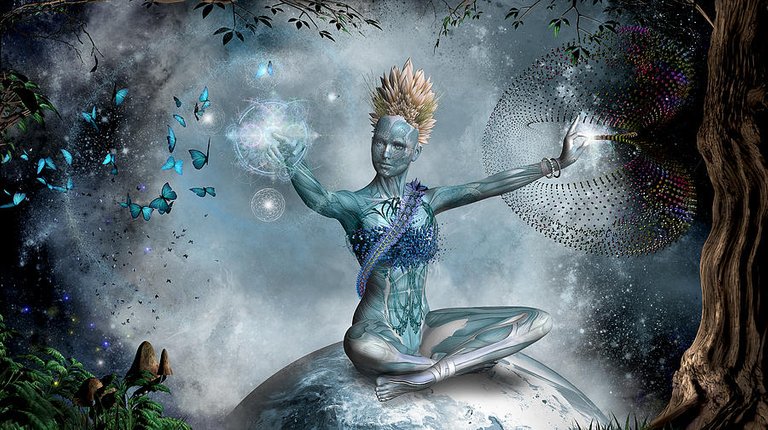
It needs to be taken in a controlled environment with a shaman and supervision. It doesn’t quite have the same fun factor as other psychedelics or alcohol. Ayahuasca is serious, otherworldly, awakening, transformative. You don't socialize on Ayahuasca; you have no urge to drink alcohol, talk to people or dance.
The experience is typically intense and can be terrifying. The spirit landscape is beautiful, but can also be overwhelming. Still, ayahuasca helps to put into order the body, mind, and spirit with the past, present, and future. Because of this extraordinary healing power, ayahuasca is a revered brew, and ayahuasca ceremonies are increasingly sought after by people from all over the world.
Some flock to Peru, Brazil, Colombia, and Ecuador to participate in ceremonies in the Amazon and others drink in urban and suburban venues, in ceremonies led by shamans who tour. This potent Amazon brew has the power not only to heal but to transform your understanding and experience of reality.
The Ayahuasca that we drink in the ceremony is a marriage of two plants, which offer the medicine. Ayahuasca is a mix of the chacruna plant and the “mother” vine. The main ingredient of the Chakruna plant is DMT. I'll dive into that further on.
Many use the name “grandmother” for this sacred medicine, thus suggesting it has a feminine essence. Traditionally it is known as yagé. Some refer to ayahuasca as “the vine of death” because of the dying/rebirth process involved.
Ayahuasca is considered a spirit that is called into the space by the actual brew and the shamans. Ayahuasca is used traditionally as spiritual medicine to heal people, gain insight about the land, hunting information, and to receive guidance from the other side.
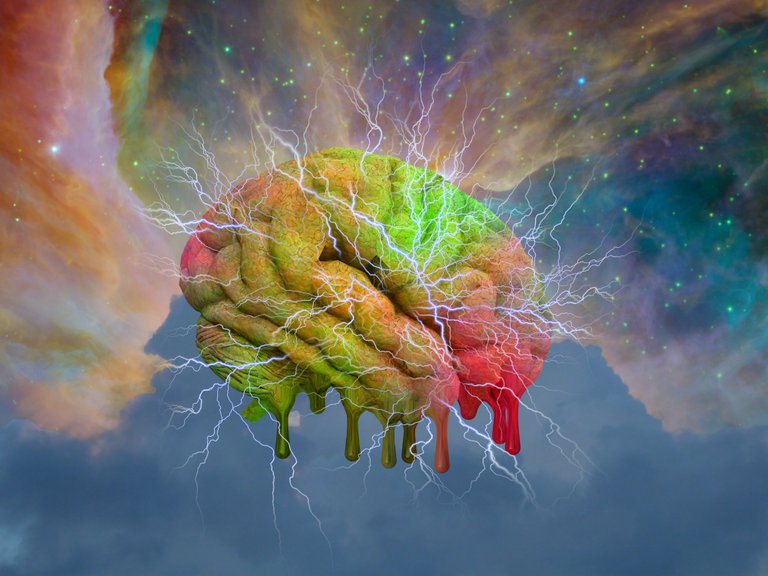
Lindsay Lohan said that she participated in a ceremony after her recent miscarriage and the changes she experienced were dramatic. I had a very similar experience during my first cup of Ayahuasca, and I was unaware that I still carried such pain and heartache over my miscarriage. All this was regurgitated during my ceremony for me to deal with.
Watch Lindsay here
Watch me here

Chelsea Handler tried it in front of the cameras for her Netflix series, “Chelsea Does.” “I didn’t feel anything the first night … so, of course, I had to take [the ayahuasca] the second night with a shaman,” Handler elaborated to the New York Post. “There was a lot of chanting and vomiting on camera for me, which of course I was very excited to do.”
Watch Chelsea here

Sting took Ayahuasca in Peru and then soon later started the Amazon Rainforest Foundation. In his 2005 autobiography, Broken Music, Sting devotes 60 pages on his experience about traveling to the Amazon in Brazil with his wife, Trudie Styler, to do ayahuasca. "I realized for the first time that this is the only genuine religious experience I have ever had," Sting says in the 2010 documentary 2012: Time for Change. "There is definitely a higher intelligence at work in you during this experience." He has since become one of Aya's most vocal celeb supporters and, with Styler, also founded the Rainforest Foundation, which works to protect the rainforest where ayahuasca comes from and the indigenous tribes there.
Watch sting here

Paul Simon recounts an ayahuasca experience in the 1990 song "Spirit Voices," which describes his journey into the Amazon. "I drank a cup of herbal brew," he sings. "Then the sweetness in the air/combined with the lightness in my head/and I heard the jungle breathing in the bamboo."
Paul Simon's "Spirit Voices" here
.jpg)
In a 2012 interview with the Huffington Post, Tori Amos says she's done ayahuasca many times, starting in the 1980s. "With ayahuasca it was approached as -- you fasted for a day and there was a group of us that would meet with someone that was running [the situation]. You would work for a week beforehand and write about what you were hoping to work through and you would write what you were hoping to achieve. And then you got back together the next week after you'd done it. ... It was very structured."
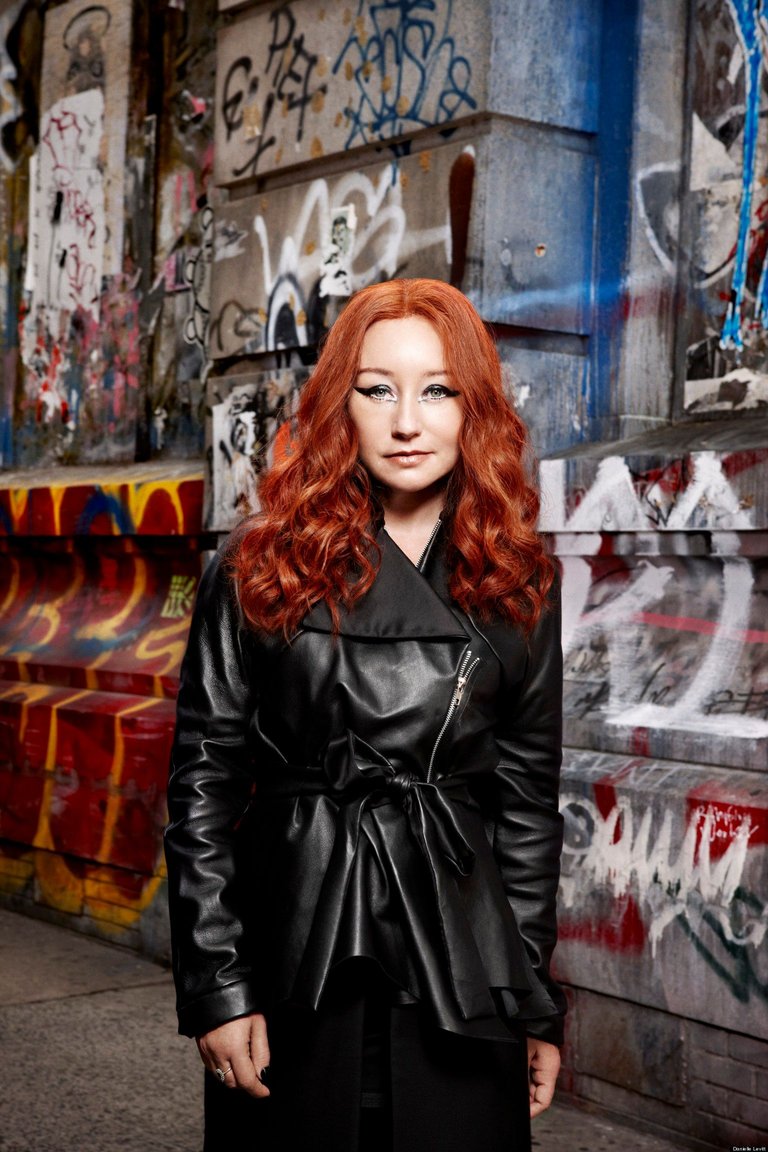
It is important we educate ourselves on what we are drinking or taking. Sometimes, it isn’t all fun and games, quite the opposite. I would highly recommend you research your retreat, the Shaman that will be holding the ceremony and watch as many youtube videos as you can. That's what I did, and I came prepared, I knew what to expect, and there were no surprises- as such.
Heres a clip of me just before I was about to head off to my retreat
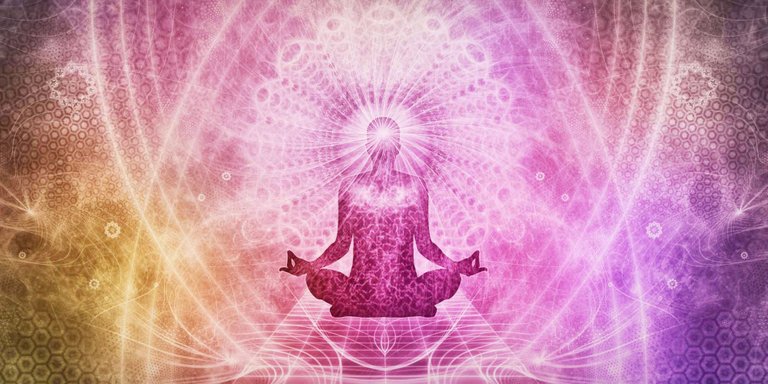
IS AYAHUASCA A DRUG?
Ayahuasca and other psychedelics have scientifically proven benefits across the spectrum of health care. We see evidence that psychedelics can drastically ease the fear of death for terminally ill patients. We see people finding relief from depression, anxiety, and PTSD. We find that marijuana can significantly help people suffering from seizures and Parkinson’s. The list goes on and on.
So, to finally answer the questions, NO – ayahuasca is NOT a drug. It is a powerful, healing substance for those who take it with the intent of improving their lives.
Take any substance such as alcohol, cocaine, heroin, amphetamines, etc.. and apply the use of any of those substances to an individuals life and no matter what you will always see some decline in the quality of their life. Whether it is as small as suffering a hangover to as debilitating as ending up on the streets or in jail – without fail there will always be some decrease in the overall quality of life with the use of non-psychedelic substances.

Now, take psychedelics. Of course, psychedelics can be used in a way to get ‘high,' but I am referring here to the people that use psychedelics with a particular intention. When you take any person or group of people and apply the responsible use of psychedelics you will almost always see some increase in the overall quality of life. Worst-case scenario there will be no change what-so-ever from before to after use. What you will almost NEVER see is any decrease in the users overall quality of life.
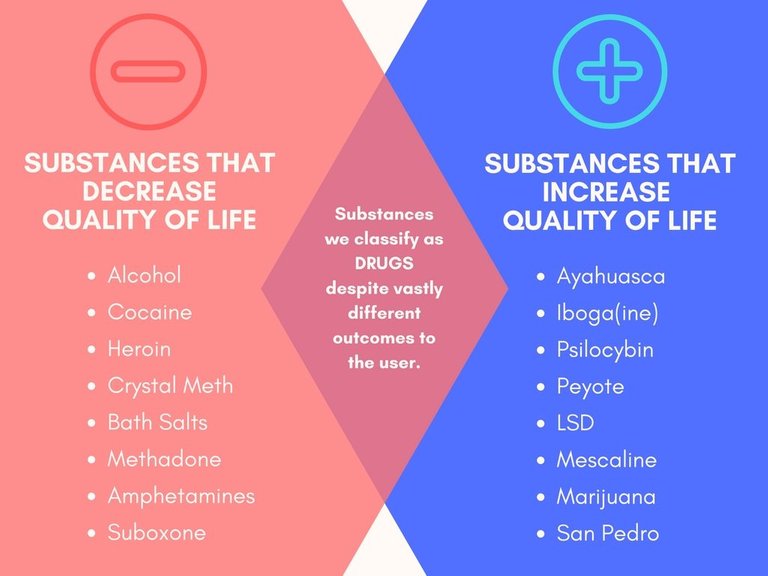
One thing for sure is that taking Ayahuasca is not usually fun and not a recreational experience. It frequently causes drinkers to vomit and sometimes shit themselves. This is because Ayahuasca is a purgative and one of the ways it heals you is by causing the body to expel all the nasty toxins that have accumulated over an extended period. These toxins are often energetic toxins as well as physical and they are all purged out during a ceremony if necessary.
After an Ayahuasca ceremony is finished most people report feeling an incredible sense of well-being like they’ve just been handed a brand new body. Unlike most western street drugs, there’s no hangover or come down the next day, in fact, it’s the opposite, although you may feel a little tired after being awake for so many hours through the night.
Research also confirms that Ayahuasca is not addictive.
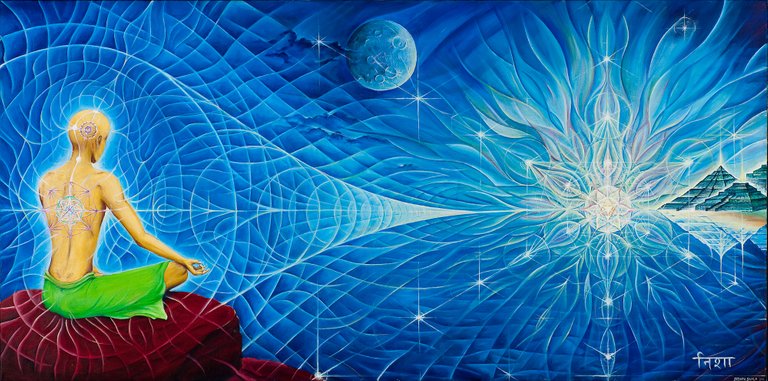
Ayahuasca, traditionally administered in special healing ceremonies by highly trained shamans is sometimes referred to as a hallucinogen. But it is no such thing. For a while a hallucinogen produces visual phenomena rooted in the individual psyche, ayahuasca opens up channels to the spirit world, and the drinker/participant bears witness to that landscape. Best to name ayahuasca a sacred plant medicine. For those with whom the ceremonial healing use of ayahuasca is a way of life, the brew is referred to as “La Medicina,” the medicine.
In nature, a number of plants and fungi are known for their vision-inducing effects. Peyote, San Pedro cactus, Iboga and the Psilocybe mushrooms are all used in traditional ceremonies to gain access to the spirit world and to achieve healing. But unlike all of these single-species agents, ayahuasca is combinatory- made up of two plants.
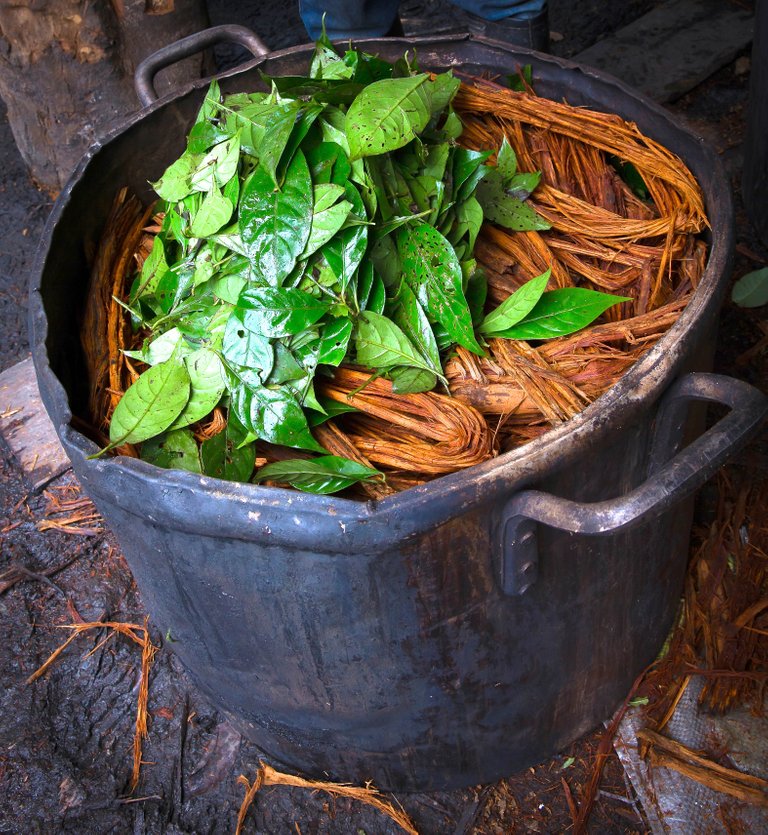
The vine Banisteriopsis caapi, also known as “the vine of the soul,” contains a group of compounds called harmala alkaloids. These compounds are MAO inhibitors. They prevent the activity of naturally-occurring agents in our bodies called monoamine oxidase.
Think of MAO’s as doormen standing in front of the night club of your brain. Psychoactive compounds, notably the potent vision-inducing agent DMT, want to get into the club and attach themselves to your brain’s receptors. But the MAO doormen prevent this from happening. The harmala alkaloids in Banisteriopsis caapi, however, tell the doormen to take a nice long coffee break. They do. That’s when the Psychotria viridis, rich in DMT (Dimethyl Tryptamine), comes into play. DMT is the most potent vision-inducing agent known. And oddly, DMT is not only found in many hundreds of plants all around the world, but it is also manufactured in our bodies. But thanks to MAO’s, we do not trip on DMT all day long.
DMT is not orally active. You can eat a handful of DMT, and nothing will happen. But if you consume a MAO inhibitor, then the DMT will, in fact, be orally active. So the enigma of ayahuasca is that somehow, by some means, some native person(s) a long time ago figured out to combine harmala alkaloid-rich caapi vine with DMT-rich chakruna.
WHERE DOES AYAHUASCA ORIGINATE?
The Shipibo are an ancient tribe from the Amazonian rainforest in Peru credited with holding the traditions of the potent entheogenic brew ayahuasca.
While it’s not precisely known how long the Shipibo and their predecessors have used ayahuasca, many say it has been over 2000 years.

In the Shipibo culture, shamans—called curanderos—work as plant-based healers of physical, mental, and spiritual ailments. Their knowledge is said to come from plants themselves; this means that shamans recognize another person’s metaphysical blockages through the use of ayahuasca and understand the healing nature of other medicinal plants through a strict diet. Sometimes shamans are called on to use their traditional plant healing knowledge to treat illnesses like fevers or common ailments. Other times they work on a more psycho-spiritual level with ayahuasca as their central tool. Shipibo shamans consider ayahuasca to have divinatory properties, helping them to observe people across distances, uncover clues about mysterious circumstances, and commune directly with the spirits of nature.
The use of Ayahuasca has been recorded over 5000 years ago by the natives of Amazon and surrounding areas.

WHAT IS A SHAMAN?
Shamanism is an ancient healing tradition and moreover, a way of life. It is a way to connect with nature and all of the creation. The word shaman originates from the Tungus tribe in Siberia. Anthropologists coined this term and have used it to refer to the spiritual and ceremonial leaders among indigenous cultures worldwide. The word shamanism can be used to describe the ancient spiritual practices of these indigenous cultures.
One could view shamanism as the universal spiritual wisdom inherent to all indigenous tribes. As all ancient spiritual practices are rooted in nature, shamanism is the method by which we as human beings can strengthen that natural connection.
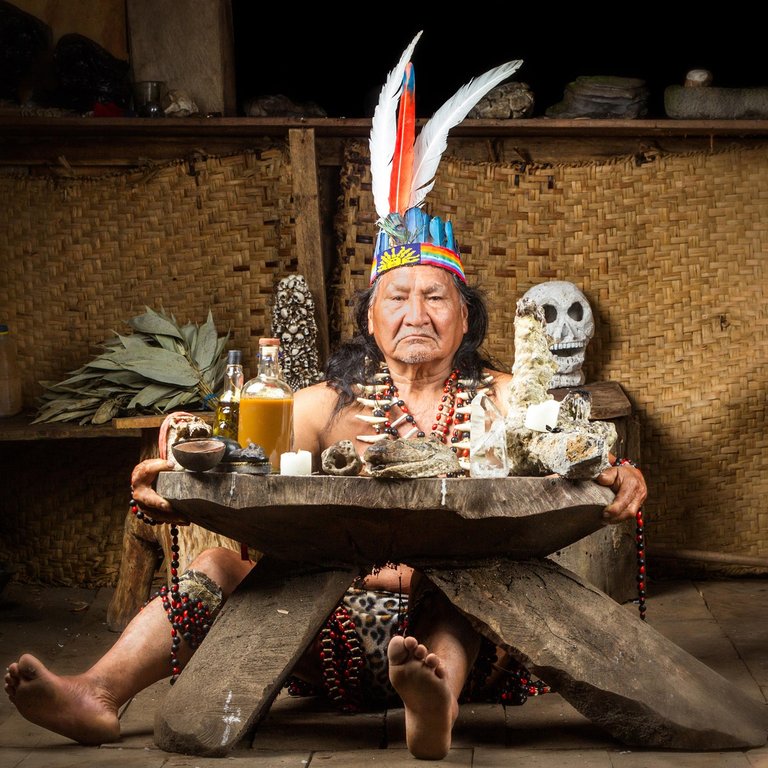
MAKING THE BREW
Ayahuasca is made by pounding sections of the vine Banisteriopsis caapi, to remove the outer bark, and to soften up the rope-like fibers of the vine. A significant amount of pounded caapi vine is placed into a large cooking pot.
Then a large quantity of Psychotria viridis (chakruna) leaves are added. Then another layer of pounded vine is added, then another layer of leaves. When the pot is pretty filled almost to the top with pounded vine and leaves, then water is added. If the pot is large enough, as much as forty liters of water may be added.
Then the mixture is cooked over a fire for several hours. Over time, the liquid in the pot begins to evaporate. After several hours, perhaps eight or so, the ayahuasca is finished. The pieces of vine and leaves are filtered out through a strainer. Perhaps only a liter of viscous fluid remains. This liquid is “La Medicina.”
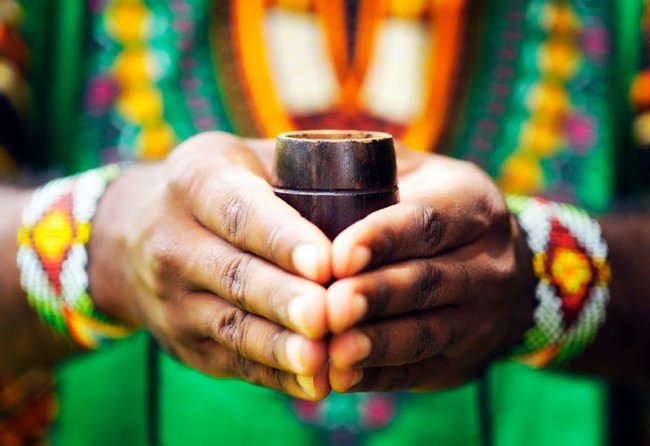
THE CEREMONY
While ayahuasca ceremonies vary from one Shaman to another and from one tribal tradition to the next, certain features remain constant.
A true ayahuasca ceremony brings together the ayahuasca brew, the shaman(s), and the plant spirits. This triune force engages in the ceremony to effect healing and to open up the doors of the spirit world to the participant.
Typically an ounce or two of the brew is drunk. The ayahuasca brew is intensely bitter, and the taste is unpleasant, even for those who are experienced drinkers. I thought it tasted like Cod Liver Oil Malt. During my second cup, I thought it tasted like Sprite ; )
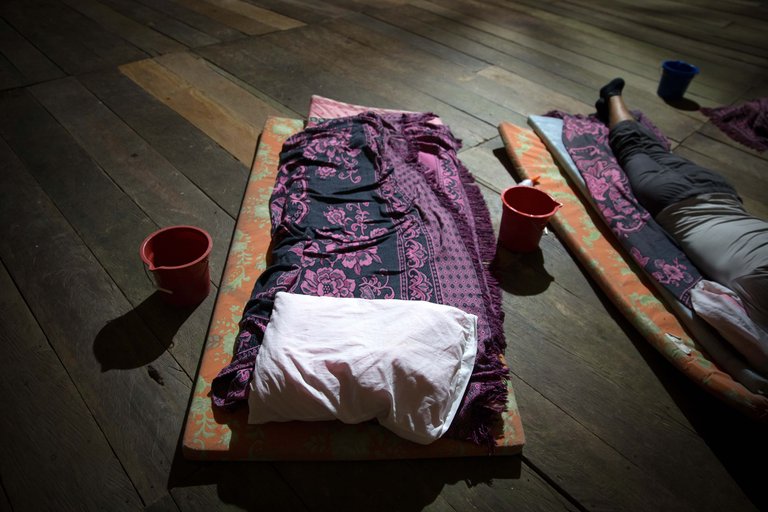
In some ceremonies, the shaman sits quietly with the participants in the dark while the effects of the ayahuasca start to come on. However, some shamans begin to sing and make ethereal whistling sounds as soon as the brew has been drunk. Some shamans wave chacapas - noisy leaf fans – and others do not. It is typical and common for the shaman to blow smoke of potent Amazonian tobacco (called mapacho) on participants, to cleanse the atmosphere and to establish an aura of protection.
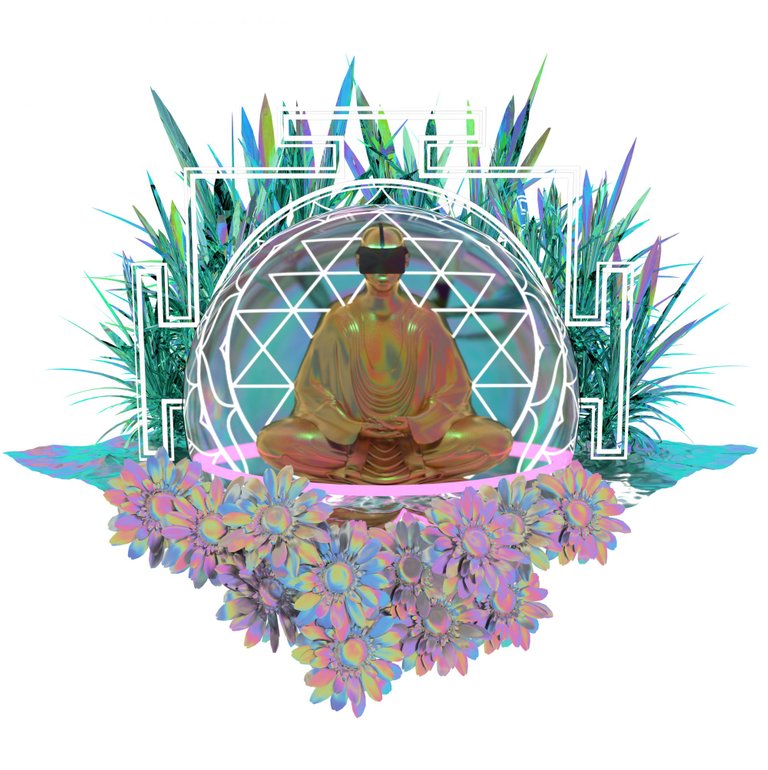
Within about an hour after drinking the brew, visions usually start. There is a geometry common to the ayahuasca experience, and this geometry is beautifully represented in the textiles and ceramics of the Shipibo natives of Peru. Most people who journey with ayahuasca see that geometry. As the visions increase, the shaman sings healing spirit songs known as icaros. These evocative, haunting tunes bring the drinkers deeper into the ayahuasca mystery.
If you ask the ayahuasca for healing, it will usually provide what you seek. There are many thousands of cases in which people have been healed of physical, mental and emotional disorders. A large number of people have been cured of addictions through a few ayahuasca ceremonies, and the cases of post-ayahuasca cancer remission are too numerous to ignore.
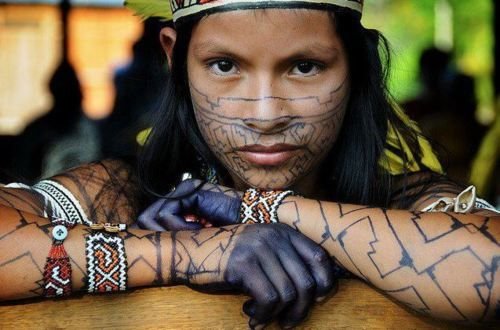
THE PURGE
Purging is typical and common in the ayahuasca ceremony. Most participants throw up into their bucket (these are provided.) Some also get diarrhea and the less fortunate actually shit the bed- literally. The cleansing effects of ayahuasca are well known and are just part of the ceremony. For most participants, purging is a relief. Typically the purging does not last long, and the ayahuasca experience becomes stronger afterward.
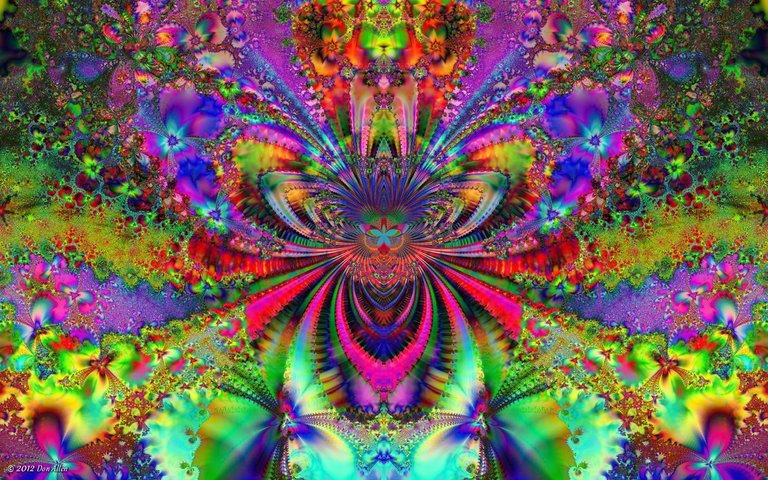
People see and experience all kinds of phenomena while on an ayahuasca journey. You may see deceased relatives, spirits of every kind, vast landscapes of natural or manufactured forms, animals, insects, serpents, birds, and various creatures of nature. And as you engage in ceremonies over time, you start to learn to negotiate the spirit landscape and to enlist the aid of certain spirits for your healing and spiritual awakening.
For the person who has never participated in an ayahuasca ceremony, it is easy to assume that the brew causes the drinker to hallucinate and that this explains the ayahuasca experience. But when you have engaged in ayahuasca ceremonies with highly trained shamans who make the brew correctly, such simplistic and reductionistic explanations fall apart completely. The spirit landscape, in all its mystery, beauty, splendor, terror, majesty and strangeness, is its world, and the ayahuasca lets you into that world.
Heres my video after the second Ceremony
Ayahuasca is not for everybody.
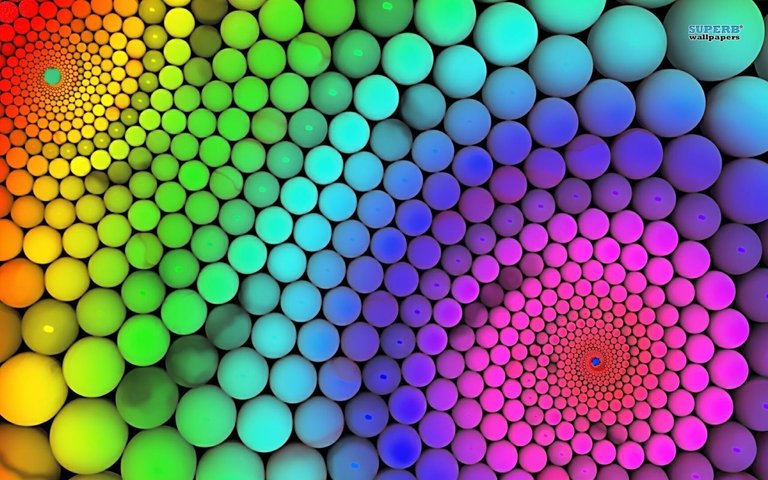
PRE-AYAHUASCA DETOX
Most of our bodies are cluttered with all kinds of stimulating, sensational foods from our modern diets — foods filled with salt, sugar, and caffeine.
To open yourself up to receive the messages of the Mother or Madre Ayahuasca, you need to first clear yourself of these toxins.
Quieting or cleansing the body to reach a spiritual state will be a familiar idea to anyone who has practiced yoga.
Yoga asanas — the physical positions like downward facing dog or child’s pose — were originally designed with the purpose of preparing your body to meditate. Like the asanas’ effect on meditation, the physical preparation of the ayahuasca pre-diet goes hand in hand with being able to prepare yourself psychologically for the healing experience.
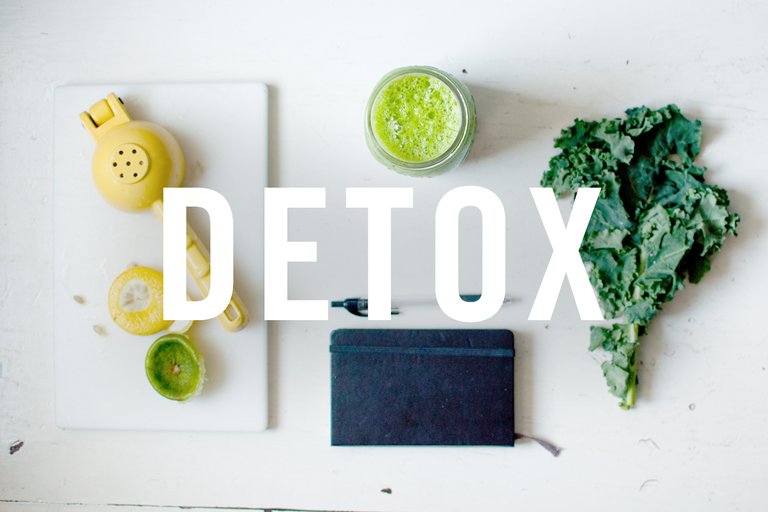
Clearing yourself of toxins also gives you a jumpstart in the ayahuasca experience. All the toxins we collect during our everyday life are the first things that ayahuasca will attack.” When you clear those toxins ahead of time, it’s easier for ayahuasca to work in your body because there’s less “static” to cut through. By following the diet, you ensure your ability to make the most of the experience and reach deeper levels of psycho-spiritual understanding.
Having about ten days to prepare and detox for the retreat was no problem, I had already been detoxing as have felt sick since arriving back in Europe, almost convincing myself that my body is allergic to Europe (I did not want to leave Australia).
For at least two weeks (ideally a month) before retreat you should avoid:
Sugar
Salt
Oils
Chocolate
Coffee/ Caffeine
Alcohol
Spicy food
Dairy - Cheeses, Yogurt
Meat, Pork
Avocados
Mushrooms
Peanuts
Aspartame
Anything fermented- soy sauce, tofu, sauerkraut
Sex (including masturbation)
It is strongly suggested that you stop the following prescription drugs:
Antidepressants like SSRIs
MAO-inhibitors
Sleep medications
Barbiturates
Alpha- and beta-blockers
Street Drugs, including cocaine, amphetamines, opiates, marijuana, and MDMA. It’s also best to avoid other psychedelics like LSD and psilocybin.
Ayahuasca has picked up much controversy over the years, and in most countries it is a Schedule 1 Drug, meaning it is illegal. This is because its main ingredient is DMT or dimethyltryptamine. What they don't tell you is that we have DMT inside of us. Every human, every mammal and most plant varieties contain DMT.
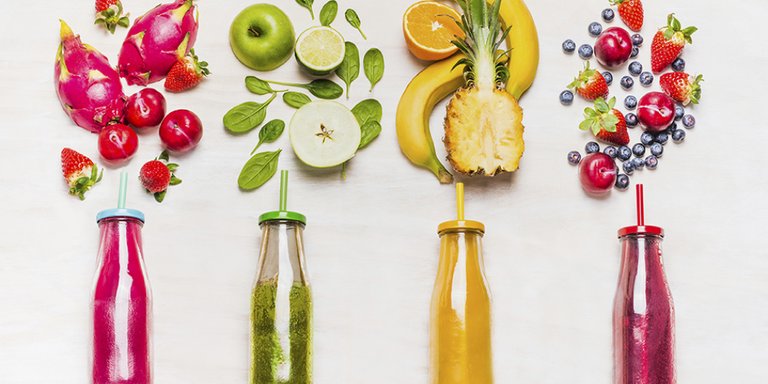
THE SCIENCE: The Psychedelic Inside All of Us
DMT is found in the brain, blood, lungs and other parts of the human body. There is strong evidence pointing towards the pineal gland (“the third eye” in esoteric traditions), located in the center of the brain, as the main factory of human DMT.
It is structurally analogous to serotonin. It's made by your pineal gland, it pumped out while you sleep, and is the active component in ayahuasca. Biologically speaking, it's purpose is unknown, though it is thought to have some influence over the visual element of dreams, as people on DMT do not often experience auditory hallucinations.
Watch more on DMT here
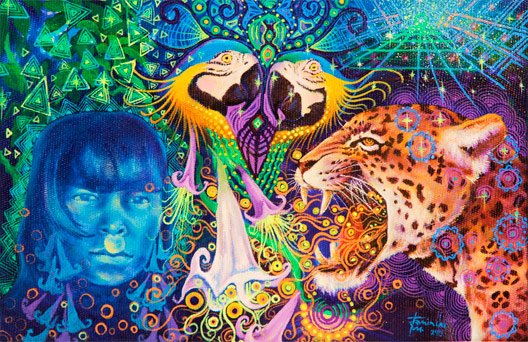
HOW IT WORKS
DMT binds to serotonin receptors like how psilocin (mushrooms) does. This causes neurons that would normally be triggered by the release of serotonin to fire when no actual serotonin is present. This leads to visual hallucinations and feelings of being separated from reality. Users become more introspective but also report seeing or "visiting" another reality or dimension, and being completely removed from this one.
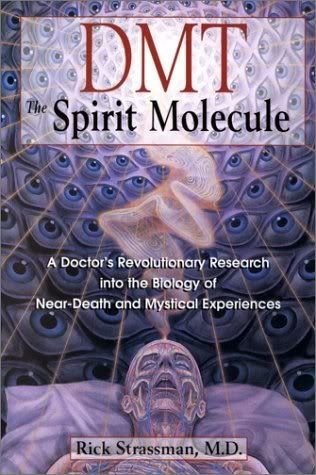
As Rick Strassman writes in The Spirit Molecule, “DMT occurs in our bodies. We produce it naturally. Our brain seeks it out, pulls it in, and readily digests it. As an endogenous psychedelic, DMT may be involved in naturally occurring psychedelic states that have nothing to do with taking drugs, but whose similarities to drug-induced conditions are striking.” Strassman goes on to theorize that the presence of DMT in our bodies may be related to near-death experiences, transformational spiritual experiences, or other hyper-intense moments in our lives where time seems to slow or halt, and our consciousness is fundamentally different from our normal waking state of mind.
Watch DMT: The Spirit Molecule here
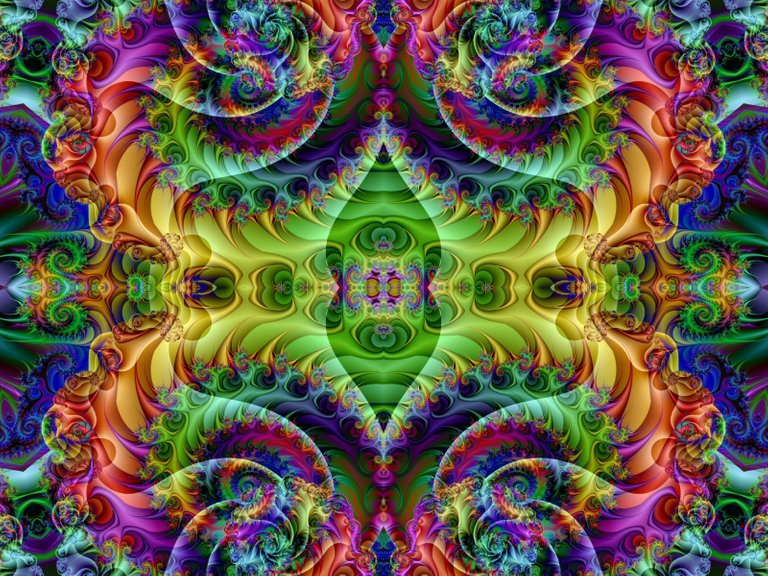
DMT is still a great mystery, and while there are some fascinating theories about how it functions in the human body, the jury is still out on what exactly it does to our consciousness and why it occurs within us naturally.
For most people who take DMT, however, their life is never quite the same afterward. After directly experiencing such a radically different reality, people often reevaluate their lives and their deeply held beliefs about the nature of existence, more often than not in a way that is both curious and positive. Nobody can experience the full depths of a DMT experience and not walk away with a profound sense of awe and some fundamental questions about what is going on out there in the universe and inside our minds. And who knows, they may be one in the same.
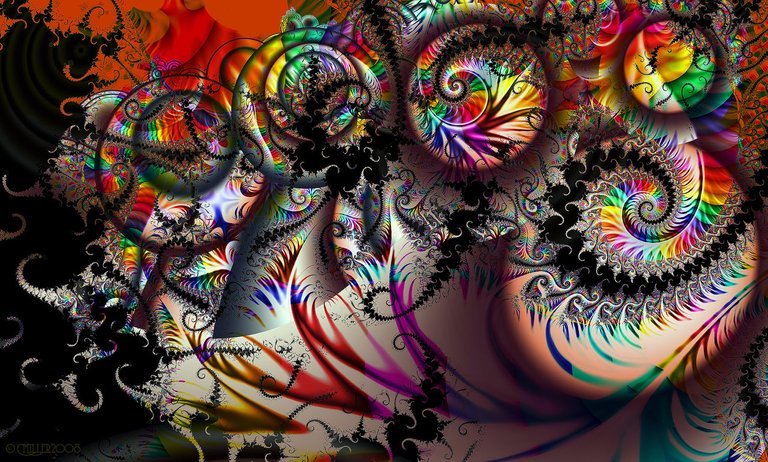
Now although we have DMT in our bodies, we also have an enzyme in our stomachs that inhibits the digestion of DMT and hence prevents the whacky hallucinations we should be experiencing. The enzyme MAO or monoamine oxidase is found in the lining of our stomachs; its purpose is to protect the Central Nervous System from external substances that might alter its function. Remember those "doormen" I mentioned earlier? That's the MAO enzyme.

SPIRITUALITY
An incredible, potentially life-changing journey begins when one has decided to work with ayahuasca.
The journey doesn’t end after your first ayahuasca experience, but rather has only just begun. The insights into one’s self and the nature of this mysterious life we live as gleaned from even a single ayahuasca experience can be wholly transformative.
Psychological belief structures, which underly detrimental behavior patterns, may come crumbling down in the light of higher awareness engendered by ayahuasca. This sacred medicine can bring one into direct contact with one’s higher self, or spirit, which consequently facilitates the deep healing often encountered by ayahuasca users. It is as if the medicine allows for one’s habitual mental state and tendencies to be temporarily suspended so that a more profound state of being not normally accessible in our day-to-day lives can be accessed.
Watch Ayahuasca and San Pedro For Mental, Physical and Spiritual Health here

Neurobiological studies of long-term ayahuasca users support this notion, as distinct areas of the brain involved in high-level constructs such as the ego or self-are known to physically change with the prolonged use of ayahuasca.
Other investigations have shown that ayahuasca “hyperactivates the entire brain region where we store and process emotional memory, often uncovering long-forgotten memories.” This hyper activation overrides previously deep-seated emotional patterns, thereby permitting the creation of new neural connections.
Ayahuasca pilgrims travel across the globe for reasons such as healing from trauma, drug addiction, anxiety, depression, and even cancer. Others simply seek to deepen their spiritual connection to themselves and to something greater. Scientific studies have dutifully traveled alongside the upsurge of interest in ayahuasca.
Watch Ayahuasca -- visions of jungle medicine: Adam Oliver Brown at TEDx here

Ayahuasca may show us the way, but it is up to us to walk the path and materialize the insights received outside of ceremony. A spiritual practice can provide the context and supportive background necessary to integrate one’s ceremonial experience, and like a mirror can also reflect and inform one’s future ceremonial experiences.
While an ayahuasca session may elicit a profound experience for some that allow them to completely break free of certain negative thought patterns and traumas for good, for others the experience may only offer a reprieve. This is why the cultivation of a spiritual practice is of paramount importance. After all, ayahuasca connects us to our spirits, the source of our being that is often, and unfortunately, ignored. Without a spiritual practice of some kind, integration of our ceremonial experiences becomes more difficult, and we become prone to the habitual tendencies of our minds, which are often destructive and self-limiting.
Watch Maestro Don Howard Lawler Explains Ayahuasca here
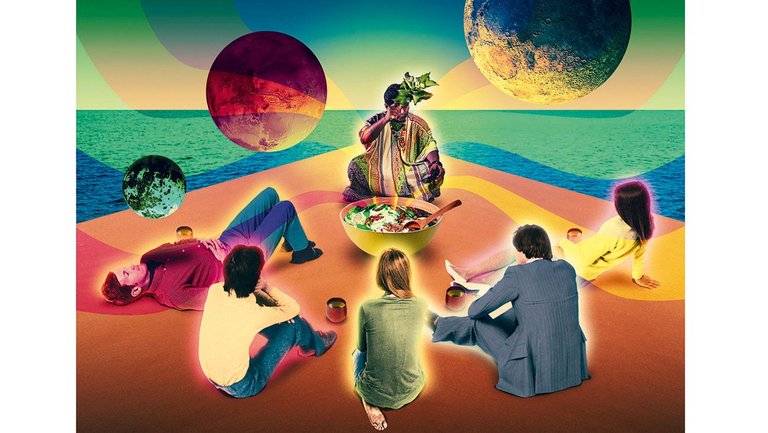
The essence of spiritual practice is simple, yet can easily take a lifetime to master: learning how to love, accept, and forgive one’s self.
Jack Kornfield writes in his book, A Path with Heart: A Guide Through the Perils and Promises of Spiritual Life:
“In truly listening to our most painful songs, we can learn the divine art of forgiveness. In this, we discover a remarkable truth: much of spiritual life is simply self-acceptance. Indeed, in accepting the songs of our life, the joyful and painful ones, we can begin to create for ourselves a much deeper and greater identity in which our heart holds all within a space of boundless compassion.”
The types of spiritual practices available are numerous, but they all share this simple essence of self-acceptance. As such, one’s spiritual practice is a highly personal yet ultimately universal process. The grand advantage of working with Ayahuasca is that it can propel one forward in this process of self-acceptance and forgiveness, allowing one to progress and overcome years of accumulated sorrow, sometimes even in a single night. Profound awakenings of the heart can take place; we awaken from our spiritual slumber and remember the noble wholeness of the spirit.
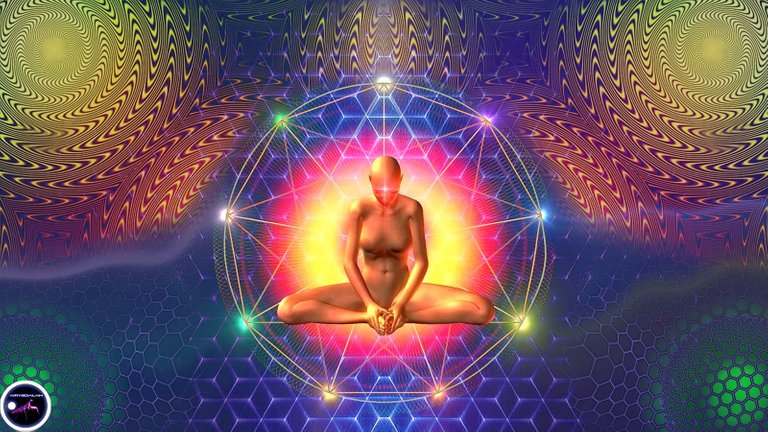
With a spiritual practice, we begin to view ourselves, our ayahuasca experiences, and our relationship to the world and all it contains in a different light. The people we cross paths with, the events, circumstances, and experiences of our daily lives become the fuel for our continual awakening and opening.
Through a committed practice, one begins to let go of the pathological identification with the mind and its thoughts, allowing for the space necessary for healing to naturally arise in the heart.
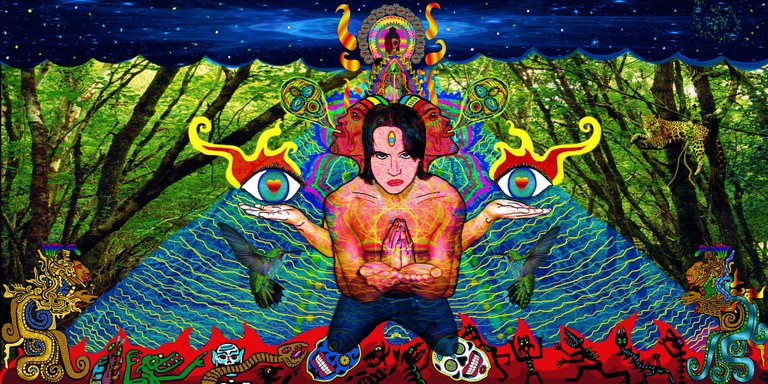
AYAHUASCA AND MINDFULNESS
One of the more obvious spiritual practices that one can engage in is some form of meditation. Recent research has shown that ayahuasca increases mindfulness-related capacities in long-term users, where mindfulness can be characterized by being in a state of present, open, and non-judgmental awareness.
Aside from mindfulness-based practices arising from the Buddhist tradition, there are numerous spiritual paths that one can follow. Perhaps Native American spirituality rings more true to you. Or a Taoist approach. Maybe it is the Hindu Yoga tradition that makes more sense, or shamanism, or a combination of approaches. The possibilities are limitless; what matters is not the spiritual framework one chooses, but only an incredible interest in choosing, exploring, and using the teachings we encounter to heal ourselves and reach our highest human potential. We can then become an inspiration for others.
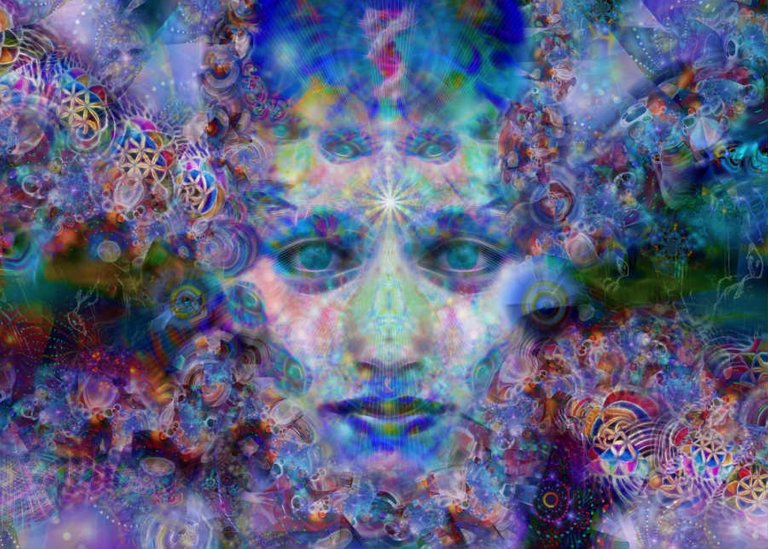
Ayahuasca is a powerful healing medicine in its right. A dedicated spiritual practice can sustain balance and promote healthy living. The combination of the two holds an immense potential for not only profound healing, but also the expansion of human consciousness and evolution.
From my own experience, it’s work—plain and simple. And, used in conjunction with your meditation, yoga, or other mindfulness-based practice, ayahuasca can change your life for the better.
When used properly and under the guidance of trained shamans, the experience is extraordinary and deeply healing. People say that one strong medicine ceremony is akin to years of therapy.
Watch The Reality of Truth film here
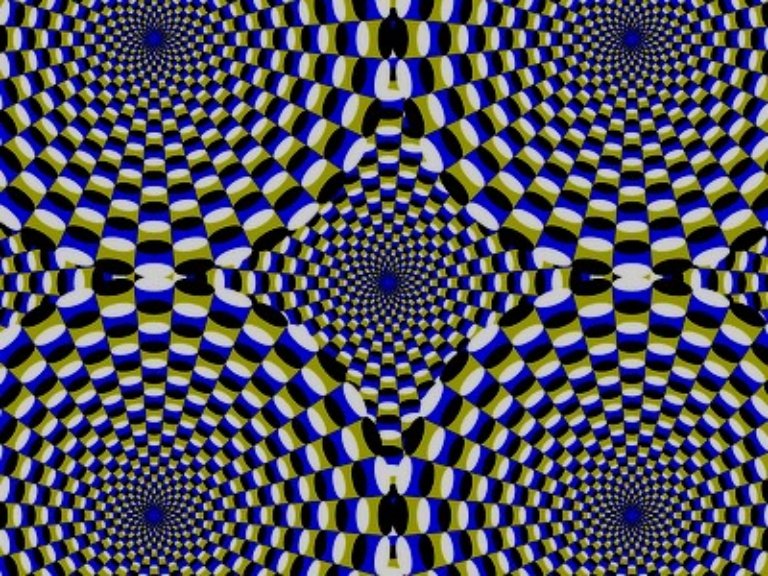
TREATING ADDICTIONS
Ayahuasca is gaining more and more credibility in the medical world as a legitimate treatment for addiction.
Watch Dr. Gabor Maté: Ayahuasca and Addiction Treatment here
In recent decades, international researchers have been exploring the effects of ayahuasca on brain function as well as the potential use of ayahuasca-assisted therapy as a treatment for substance abuse and other disorders.
Current research suggests that when administered in therapeutic settings, ayahuasca may help reduce problematic substance use by helping promote personal or spiritual insights or self-knowledge.
Watch Ayahuasca Trip Report - Treatment for Addiction - How This "Psychedelic Drug" Treated My Addiction here

3 REASONS YOU SHOULD TRY AYAHUASCA
Emotional Healing:
Ayahuasca is a medicine that heals the mind and body. When you drink ayahuasca, your past emotions will come up. Your hidden traumatic emotions will surface, and you get to face it. You’ll bravely deal with it head on, and resolve it. As your emotional burden lessens, so does your karma. There is no other way as this is the fastest way to healing.
Spiritual Advancement:
Get a glimpse of enlightenment while breaking away from the matrix. You might have
questions such as: Is this physical three dimension world all there is? What about the spiritual world? Is there God? I’m not saying you will get all the answers you’re seeking. However, you will have a better understanding of Reality.
Finding Purpose:
What is the thing you always wanted to do but is scared to? Ayahuasca is also known as The Little Death. It is named like this because when you take ayahuasca, your consciousness breaks away from your mind and body. As you break away from your mind and body, you’ll feel like you’re dying. This little death will remind you to go after your purpose. Your purpose will become clearer because this is what you always want to do.
Watch Metamorphosis- Ayahuasca Documentary here
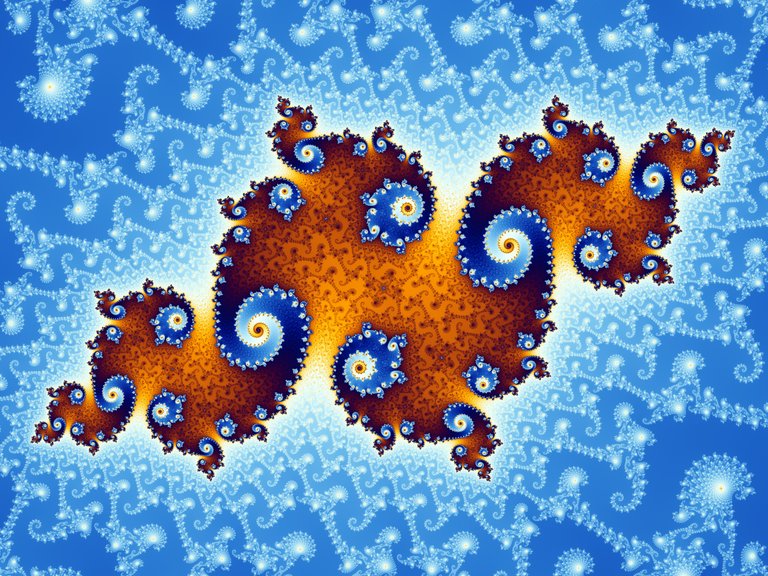
Remember Ayahuasca is not for everyone, you will feel a "calling" for it from the Madre and before you decide to try it, do your research. Go into the ceremony with an open heart, zero expectations and surrender fully to the Universe and to Madre Ayahuasca. If you feel any anxiety after drinking, ground yourself and remember to breathe. Remember it's not pretty and it's a very personal journey. You will face your darkest fears, your demons and reality will smack you in the face. But then everything changes and you connect the dots of your life and your life will never be the same again.
I will follow-up on this blog post with a very personal account of my first ceremony.
Heres the video I made the day I returned home after my Ayahuasca experience
Namaste xChantelle

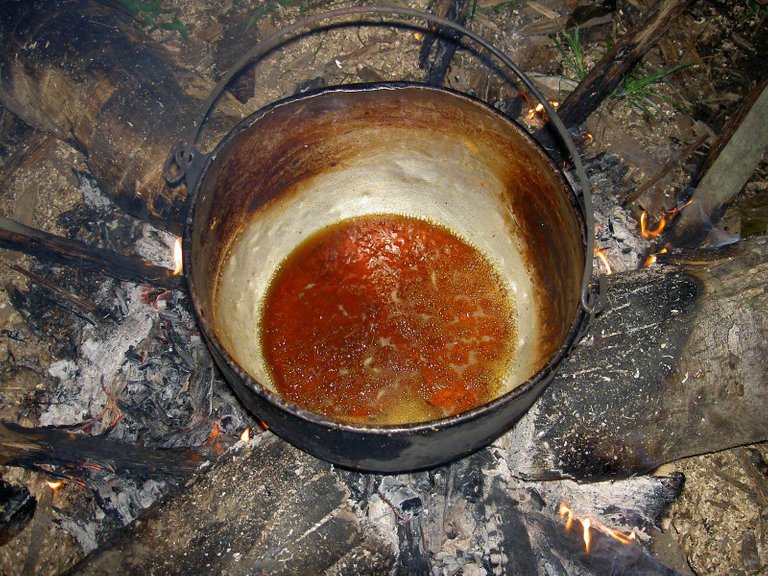
Great article
Congratulations @paradisequartz! You received a personal award!
You can view your badges on your Steem Board and compare to others on the Steem Ranking
Vote for @Steemitboard as a witness to get one more award and increased upvotes!